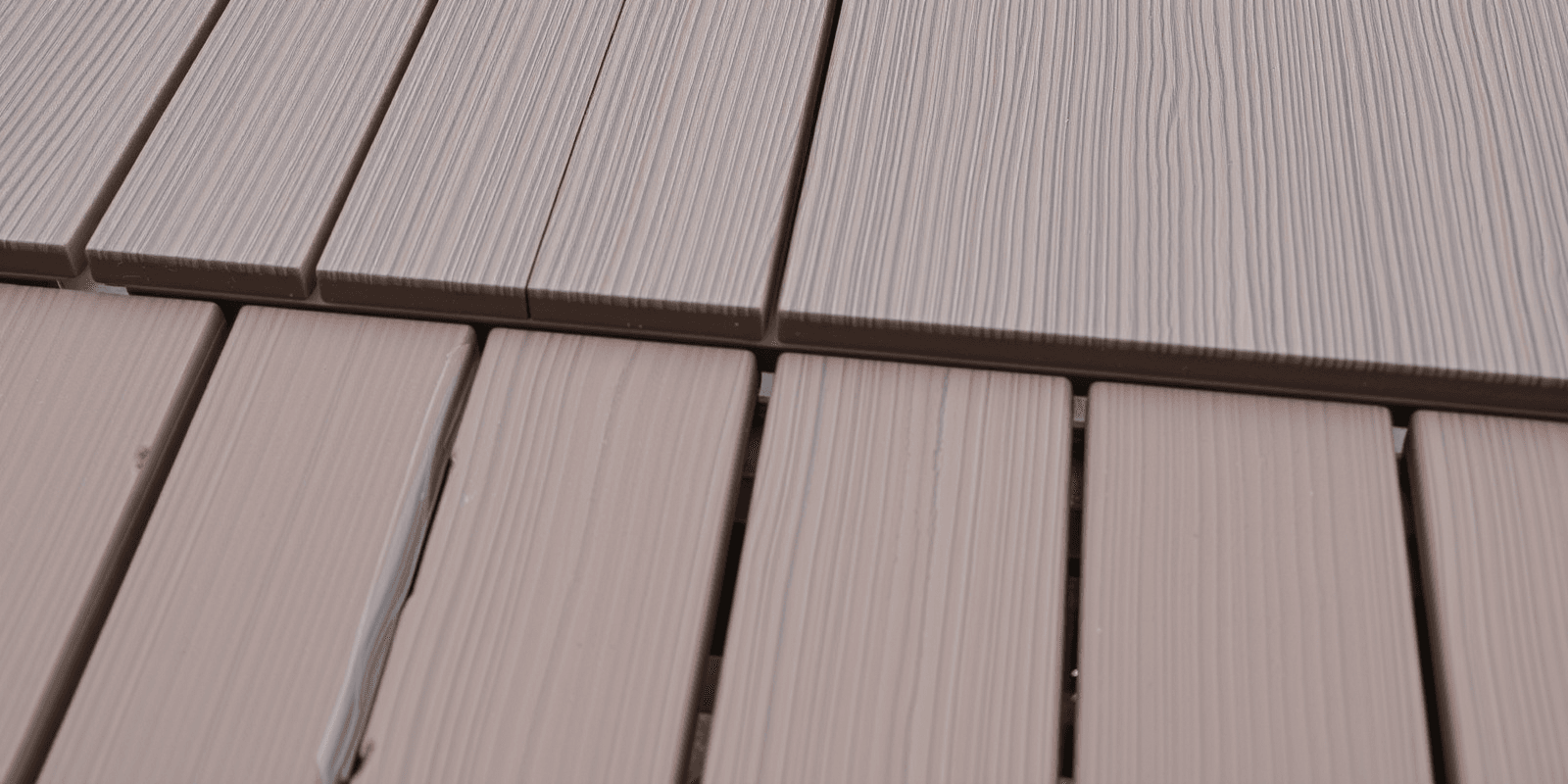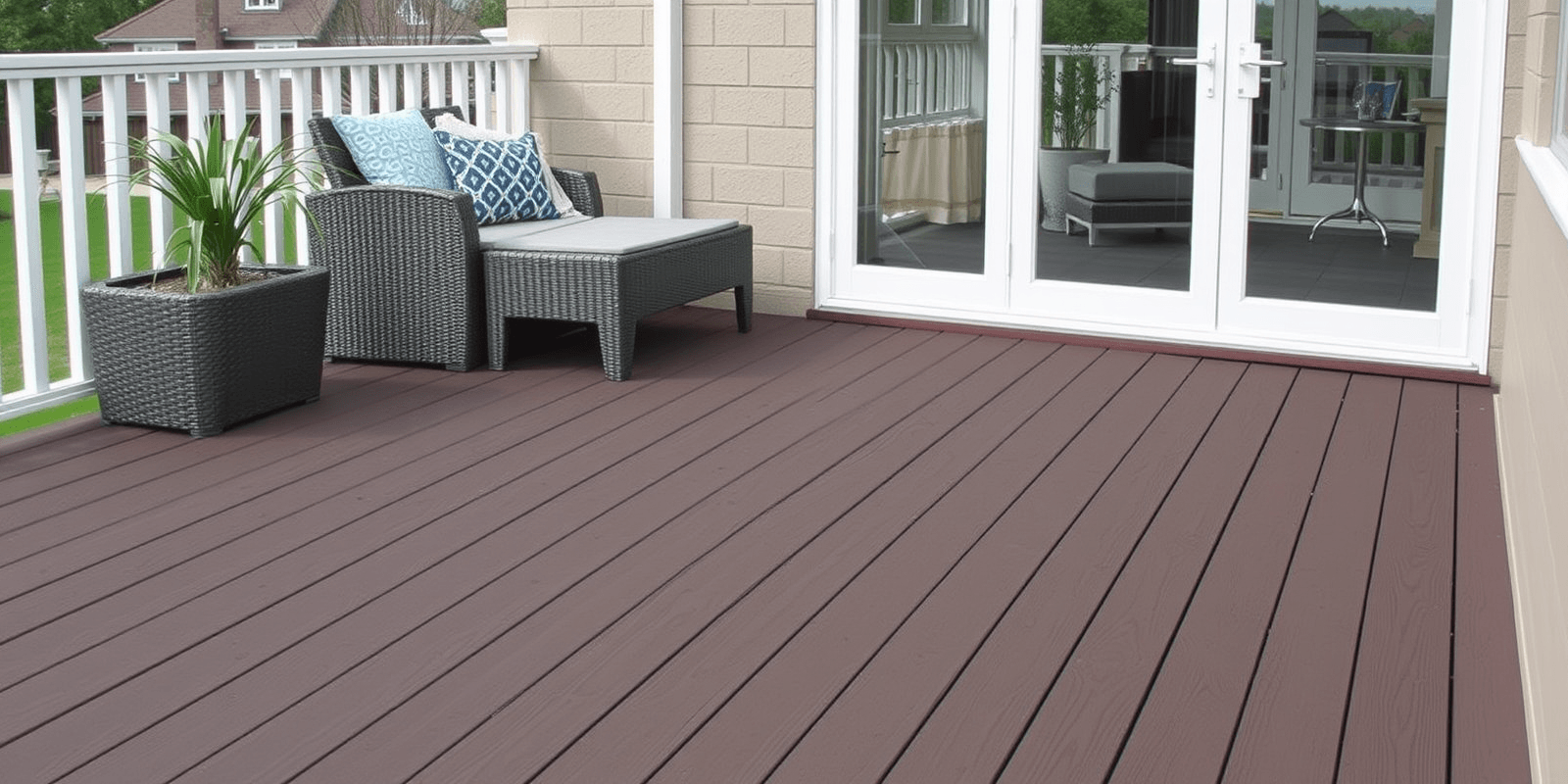“`html
What Gap to Leave Between Composite Decking Boards
Composite decking has become increasingly popular due to its durability, low maintenance, and aesthetic appeal. However, one crucial aspect of installing composite decking is ensuring the correct gap between boards. This article will delve into why this is important, how to calculate the appropriate gap size, and how environmental factors can influence your decision.
Why the Gap Matters
The gap between composite decking boards serves multiple purposes. Firstly, it allows for expansion and contraction due to temperature changes, preventing warping or buckling of the deck. Secondly, it facilitates water drainage, which is essential for maintaining the longevity of the decking material. Lastly, it ensures proper ventilation, reducing the risk of mold and mildew growth.
Calculating the Appropriate Gap Size
The recommended gap size varies depending on the type of composite decking material and local climate conditions. Generally, a gap of 1/8 inch (3mm) to 1/4 inch (6mm) is considered ideal for most composite decking products. However, it’s crucial to consult the manufacturer’s guidelines for specific recommendations.
Tips for Calculating the Gap Size
- Use Spacer Tools: Many manufacturers provide spacer tools designed to maintain consistent gaps during installation.
- Consider Climate: In regions with significant temperature fluctuations, a larger gap may be necessary to accommodate expansion and contraction.
- Check Manufacturer Guidelines: Each composite decking product has unique properties, so always refer to the manufacturer’s recommendations.
Environmental Factors Influencing Gap Size
Environmental factors play a significant role in determining the appropriate gap size. For instance, in humid climates, a slightly larger gap might be advisable to allow for better water drainage. Conversely, in arid regions, a smaller gap could suffice as there is less moisture to contend with.
Pros and Cons of Different Gap Sizes
| Gap Size | Pros | Cons |
|---|---|---|
| 1/8 inch (3mm) | Minimal visual impact, good for aesthetics | Less room for expansion, may lead to warping in extreme temperatures |
| 1/4 inch (6mm) | Allows for more expansion, better water drainage | May be more noticeable visually, requires more spacers |
Visual Examples
To illustrate the difference in appearance and functionality, consider the following images:


References:
“`
This HTML document provides a comprehensive guide on why the gap between composite decking boards matters, how to calculate the appropriate size, and the influence of environmental factors. It includes visual examples and references to support the information provided.



